Jeff Koons at Versailles
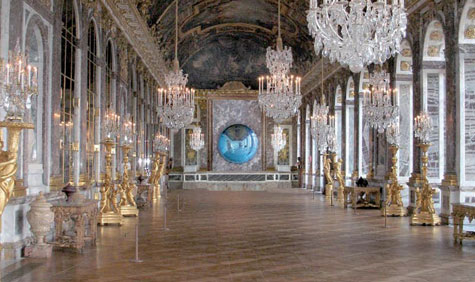
The inspired and potentially controversial juxtaposition of American mod pop iconography and ornate French classicism is the unlikely context for a new exhibition of large-scale work by New York artist Jeff Koons, being staged within the opulent rooms and manicured gardens of the Palace of Versailles.
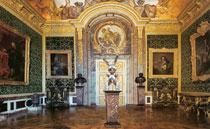
Click here to see more of Jeff Koons' work
Koons’ sculptural installations are all about impact, exquisitely crafted extrapolations of the kitsch and the mundane. Through sheer scale they seem to demand monumental backdrops – the jagged Manhattan skyline behind a giant metal balloon dog on the roof garden at the Met (still up until the end of October), or the ornate gold gildings, crystal chandeliers and lofty frescoed ceilings of the state apartments once occupied by Louis XVI and Marie-Antoinette.
'A brief moment of madness, perhaps, but a risk worth taking,' in the words of the exhibition’s curators, and indeed the contrast is stark. Fifteen major works, one per room, occupy key spaces throughout the palace – from a giant lobster, modelled after an inflatable children’s toy hanging in Le salon de Mars, to the large vase of flowers in the Queen’s Apartments and the more than three-metre wide blue reflective ‘moon’ against a far wall in the legendary Hall of Mirrors.
Other well-known pieces on show include Rabbit, in shiny silver, another balloon dog in cerise, and Split Rocker, an oversized animal’s head created using tens of thousands of colourful flowers, situated outside in the Parterre de l’Orangerie.
More accustomed to the blank austerity of modern art museums, the clash of colour, style, size and era becomes as much a part of the viewer’s experience as the installations themselves. And despite the ostensible discordance, Versailles was, in its day, a place of over the top celebration, artistic decadence and vibrant creativity. By that standard Koons fits the bill perfectly. Marie-Antoinette might even have approved.
Wallpaper* Newsletter
Receive our daily digest of inspiration, escapism and design stories from around the world direct to your inbox.
-
 Nikos Koulis brings a cool wearability to high jewellery
Nikos Koulis brings a cool wearability to high jewelleryNikos Koulis experiments with unusual diamond cuts and modern materials in a new collection, ‘Wish’
By Hannah Silver
-
 A Xingfa cement factory’s reimagining breathes new life into an abandoned industrial site
A Xingfa cement factory’s reimagining breathes new life into an abandoned industrial siteWe tour the Xingfa cement factory in China, where a redesign by landscape specialist SWA Group completely transforms an old industrial site into a lush park
By Daven Wu
-
 Put these emerging artists on your radar
Put these emerging artists on your radarThis crop of six new talents is poised to shake up the art world. Get to know them now
By Tianna Williams
-
 Jeff Koons’ art has landed on the moon with Odysseus
Jeff Koons’ art has landed on the moon with Odysseus‘Jeff Koons: Moon Phases’ is on the Odysseus lunar lander and due to make a giant NFT leap for the artist, having landed on Thursday 22 February 2024
By James Gurney
-
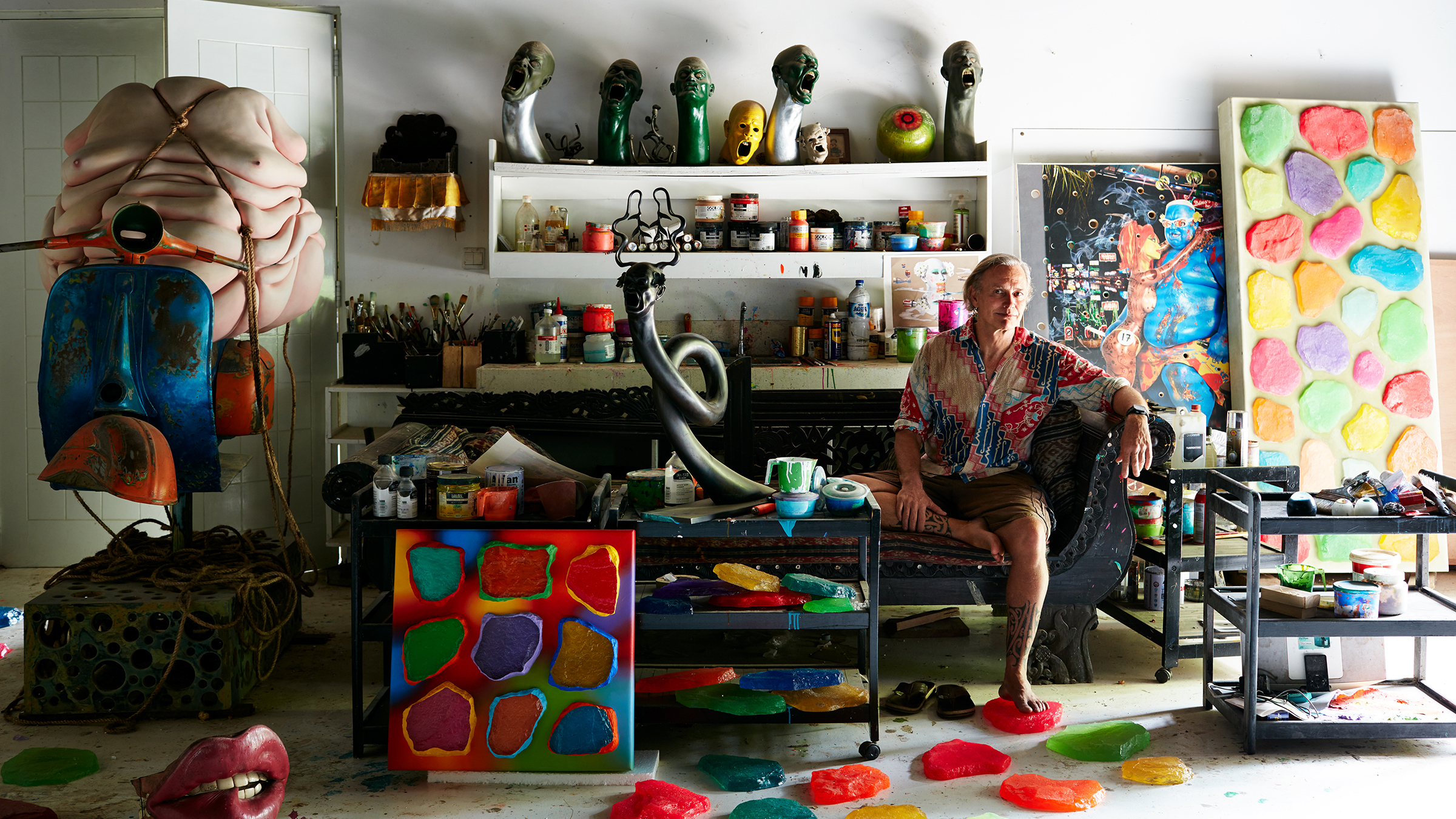 Remembering artist Ashley Bickerton (1959 – 2022)
Remembering artist Ashley Bickerton (1959 – 2022)Ashley Bickerton, known for his subversive, conceptual takes on consumerism, has died aged 63. We explore his life, work, and extraordinary studio, photographed in 2017 when Wallpaper* US director Michael Reynolds and Stephen Kent Johnson visited the artist
By Martha Elliott
-
 Three days in Doha: art, sport, desert, heat
Three days in Doha: art, sport, desert, heatIn our three-day Doha diary, we record the fruits of Qatar’s cultural transformation, which involved Jeff Koons, a glass palace of books, and a desert sunset on Richard Serra
By Harriet Lloyd-Smith
-
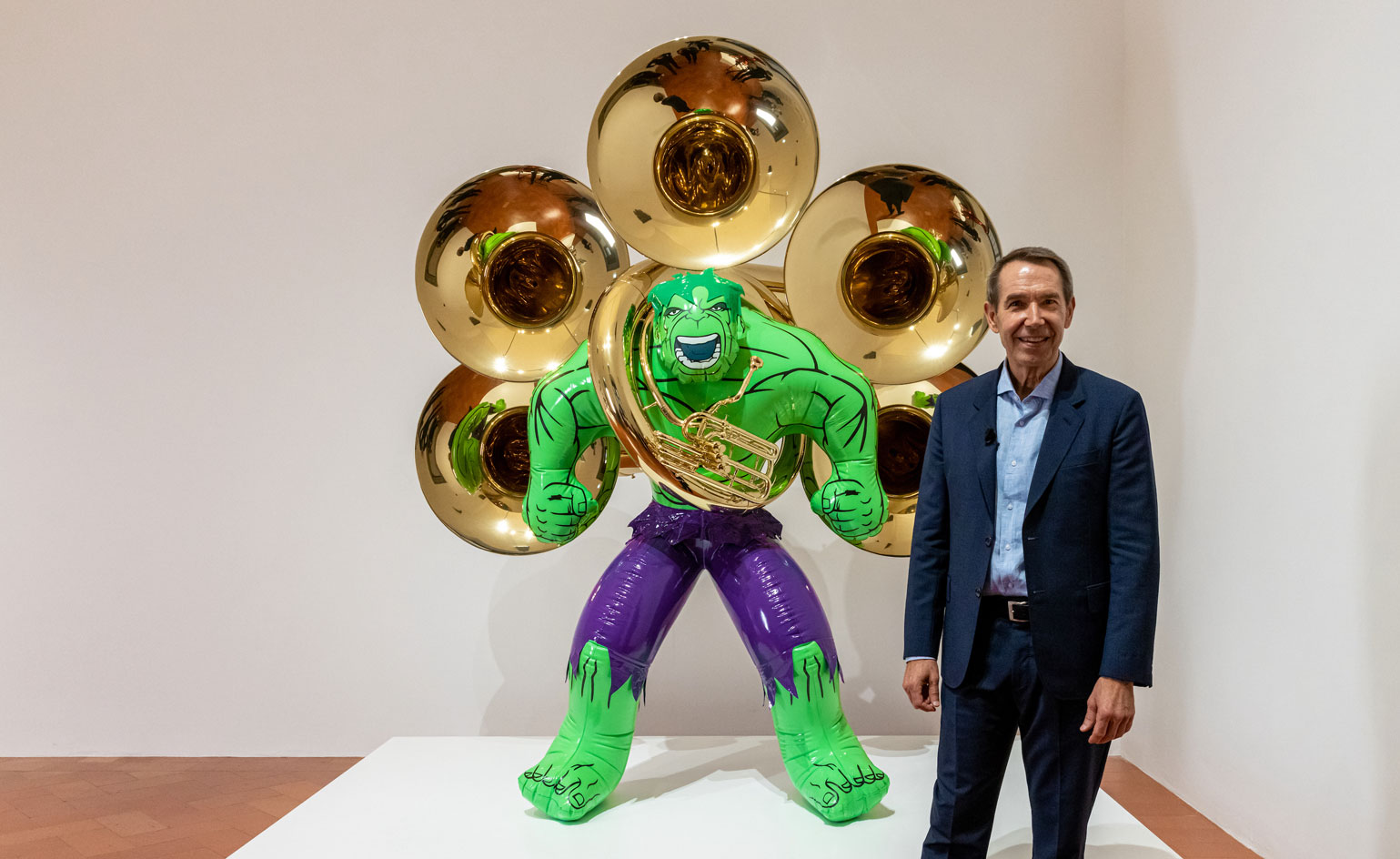 At home with Jeff Koons
At home with Jeff KoonsWe visit Jeff Koons (via Zoom) in his New York City studio to discuss transcendence, the Renaissance, and his show, ‘Shine’ at Palazzo Strozzi, Florence
By Harriet Lloyd-Smith
-
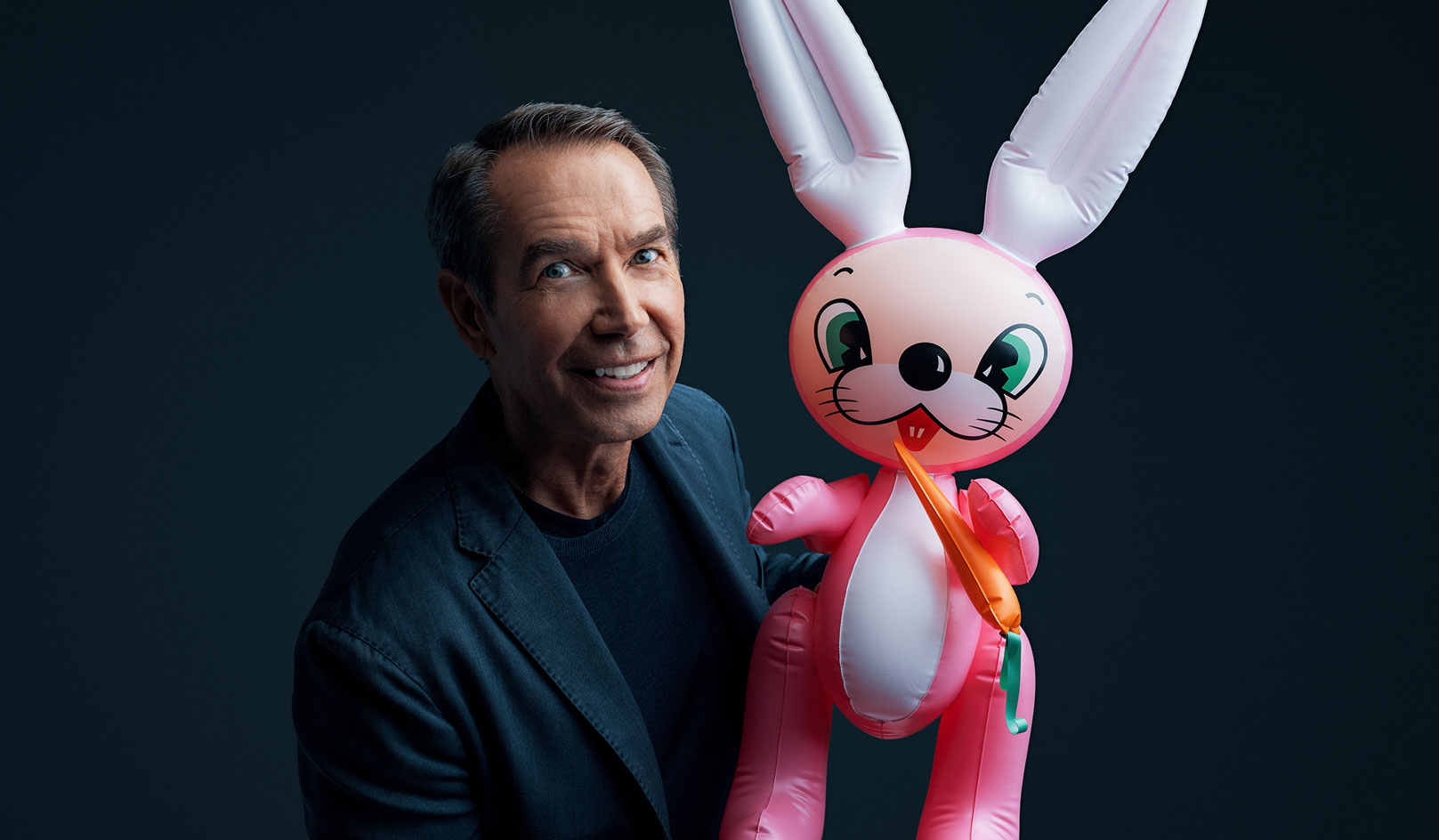 What’s the key to contemporary art success? Ask Jeff Koons!
What’s the key to contemporary art success? Ask Jeff Koons!In his first class for MasterClass, subversive American artist Jeff Koons teaches the tricks of the contemporary art trade
By Harriet Lloyd-Smith
-
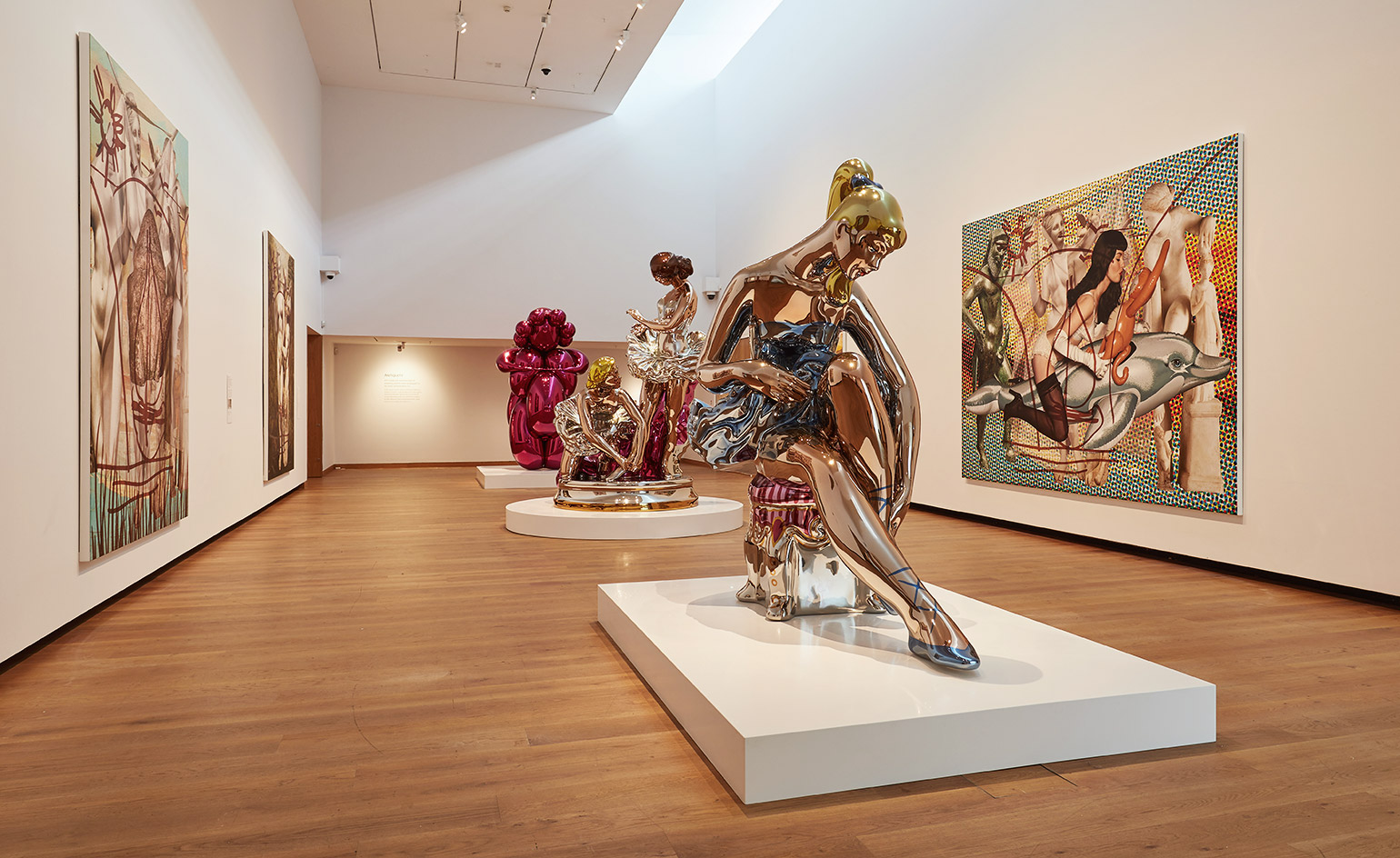 Jeff Koons is putting a new shine on the Ashmolean
Jeff Koons is putting a new shine on the AshmoleanThe opinion-dividing master of the modern readymade is at the centre of a newly opened exhibition at the Oxford museum
By Harriet Lloyd-Smith
-
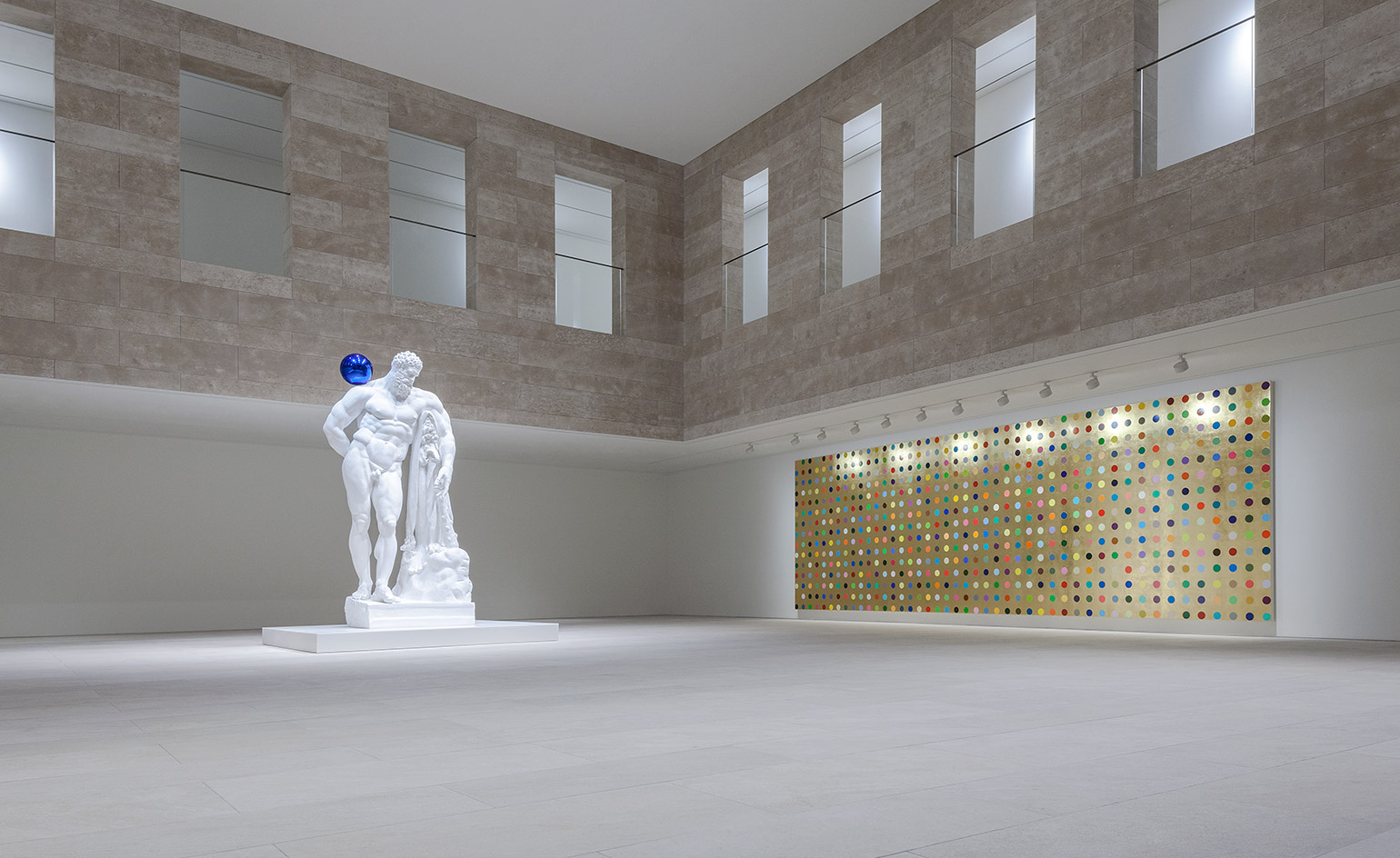 Korean resort Paradise City unveils new art space with museum-worthy collection
Korean resort Paradise City unveils new art space with museum-worthy collectionBy Jessica Klingelfuss
-
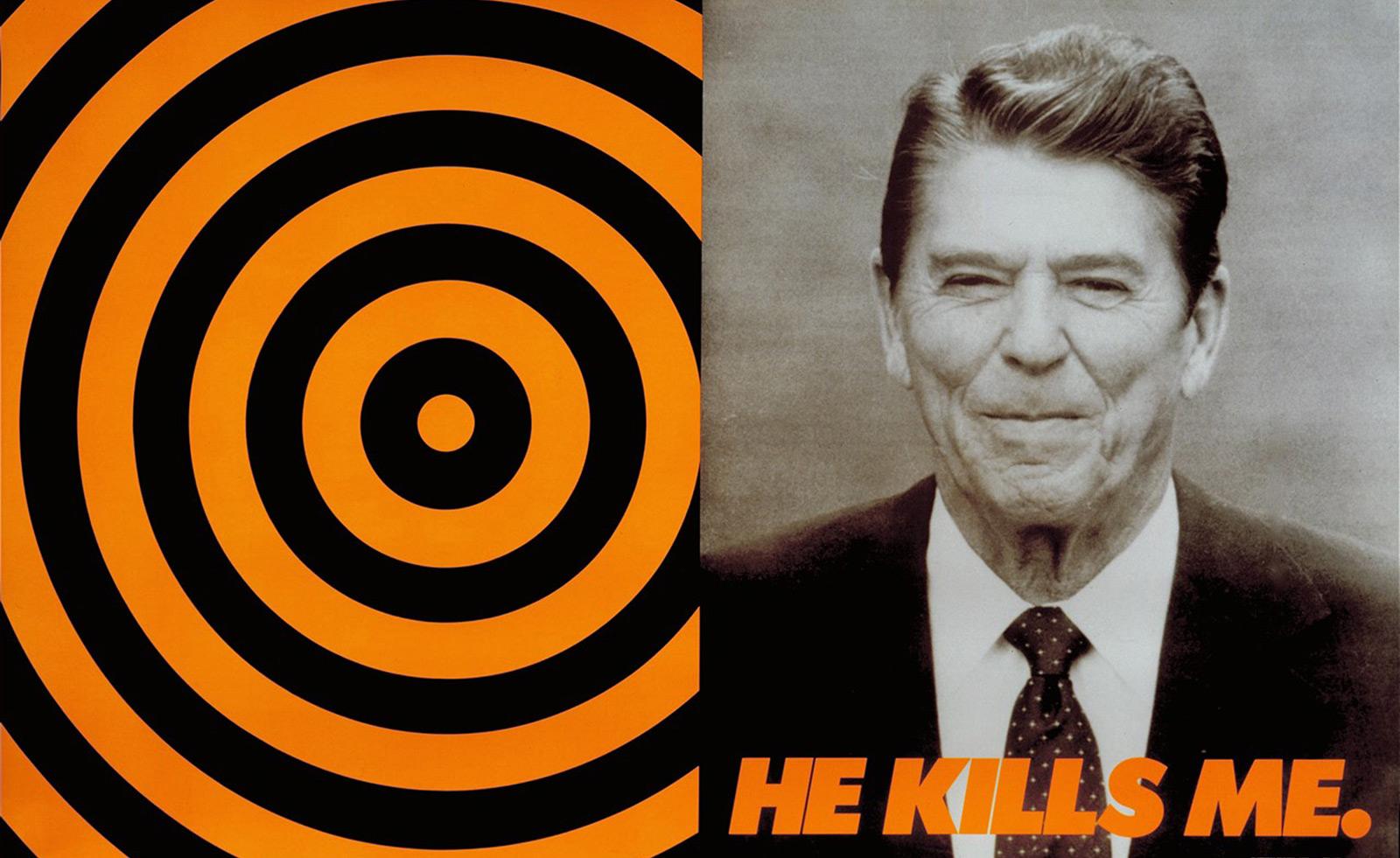 Art, commerce and the 1980s: how the decade became a turning point for mass media
Art, commerce and the 1980s: how the decade became a turning point for mass mediaBy Charlotte Jansen